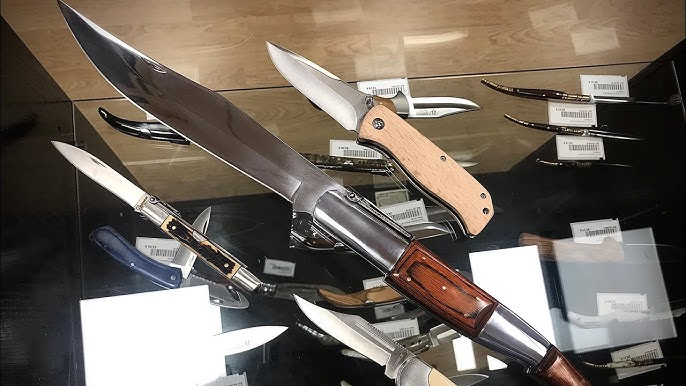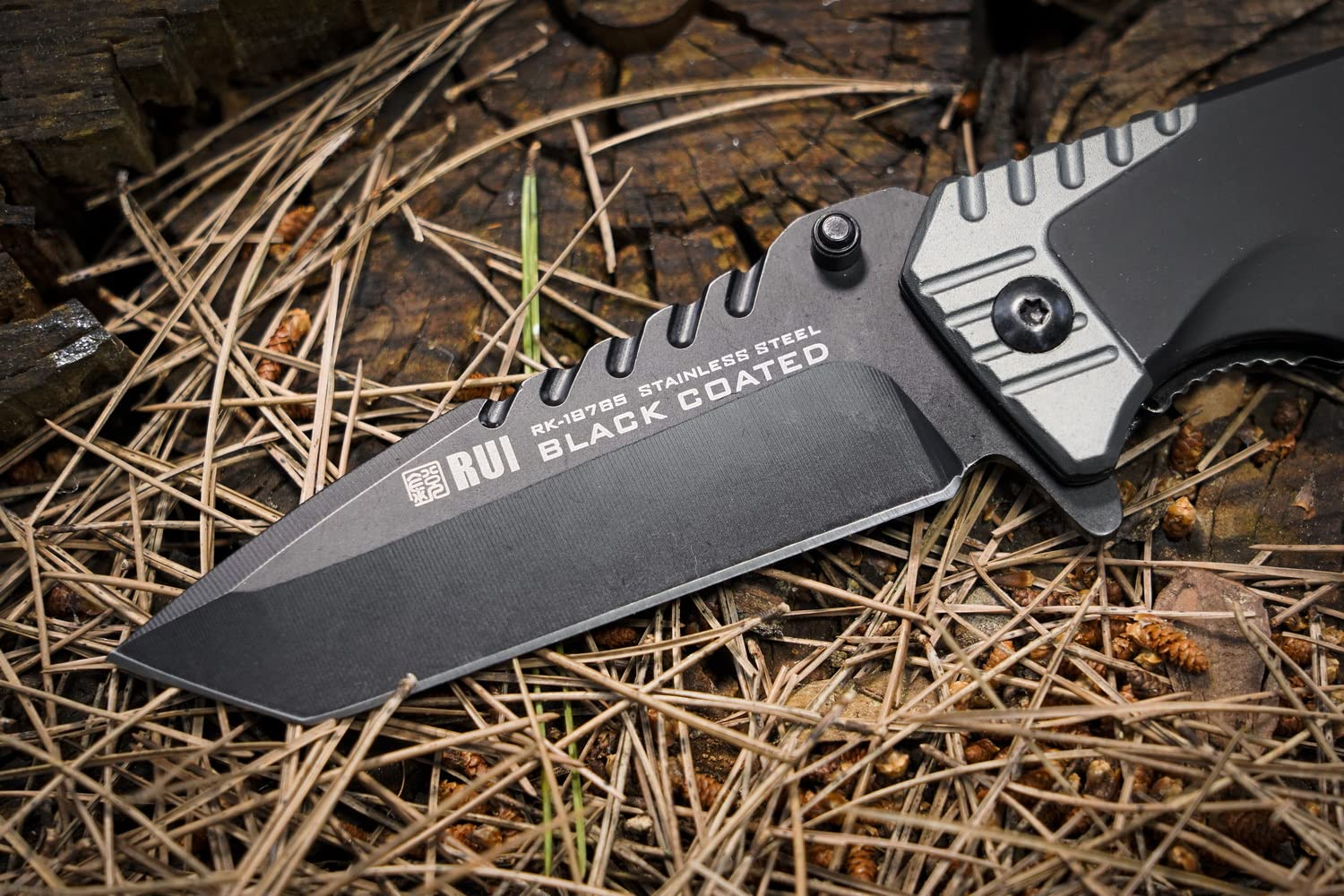For centuries, Spanish knives have been a symbol of craftsmanship, regional identity, and functionality.
From the legendary pocket knives of Albacete to the refined pieces of Taramundi, this article explores the history, most representative types, and notable brands of pocket knives made in Spain. A legacy that combines utility, art, and tradition.

A legacy forged in iron
The Spanish knife-making tradition dates back to the Middle Ages. Cities like Albacete, Toledo, and Taramundi have been centers of knife production renowned for their quality for centuries.
The first knives were tools used by shepherds and farmers, but they also acquired defensive and symbolic uses.
In 1761, the Royal Decree of Charles III limited the use of bladed weapons, but knives were adapted as a legal alternative to the dagger, further encouraging their development.
Most emblematic traditional knives

Albacete knife
Probably the best-known of all. It is characterized by its curved blade, its locking system (bolster (a rotating metal ring that locks the blade when turned) or lever (a rear lever that is pressed to release the blade) that provides safety in use, and its ornate handle.
It has been an object of collecting and admiration for centuries.

Taramundi razor
Originally from Asturias, it has a simple and elegant design.
Its handle is usually carved from boxwood or decorated with inlays.
It is highly appreciated for its daily functionality.

Sevillian pocketknife
Light and stylized, its origin is linked to the 19th century.
Its thin blade and sharp point made it very popular with knights and travelers. Its style is still reproduced in modern series.

Knife of Santa Cruz de Mudela
With a straight, sharp blade, it was widely used by muleteers. It stands out for its engraved motifs and the handcrafted work that accompanies each piece.
Leading Spanish brands in knives
- Nieto: Located in Albacete, they make high-quality pocket knives, from classic to tactical models. They use cutting-edge stainless steels and fine wood handles.
- Verdic: An emerging brand with a modern approach, it combines ergonomic design with durable materials. It's gaining prestige among everyday knife enthusiasts.
-
Muela: Although best known for its knives, it also produces robust pocket knives designed for hunting and outdoor activities. It combines tradition with modern materials.
-
Kestrel: With a refined, minimalist aesthetic, the Kestrel stands out for its attention to detail and precise finishes. It appeals to both collectors and urban users.
-
Joker : This company, also from Albacete, has gained international renown. It manufactures multipurpose knives, both traditional and contemporary, maintaining high quality standards.
-
Swordfish: Specializing in multi-purpose and nautical-inspired knives, its models are popular with fishermen, hikers, and users who value versatility.
- Pallarès (Catalonia): Although not as popular as the previous brands, this brand makes pieces with a rural aesthetic that are highly valued among artisans and everyday users.

Spanish knives today
Today, Spanish knives are prized by collectors, hikers, and users seeking functional and beautiful pieces.
Some are still manufactured by hand, while others incorporate industrial processes, but without losing quality.
Current legislation allows the possession of pocket knives under certain conditions, and many brands offer legal models designed for everyday or sports use.
Furthermore, exports have taken these pieces to demanding markets such as France, Germany, and the United States, where Spanish knives are synonymous with excellence.
These knives combine tradition, functionality, and beauty. From the classic Taramundi handcrafted pieces to modern ones, they represent an essential part of Spain's cultural and industrial heritage.
Its history lives on in every forged blade, every carved handle, and every opening that connects the past to the present.










